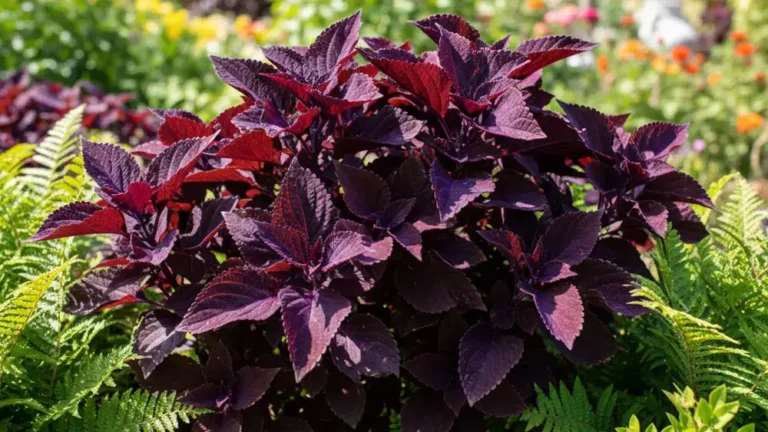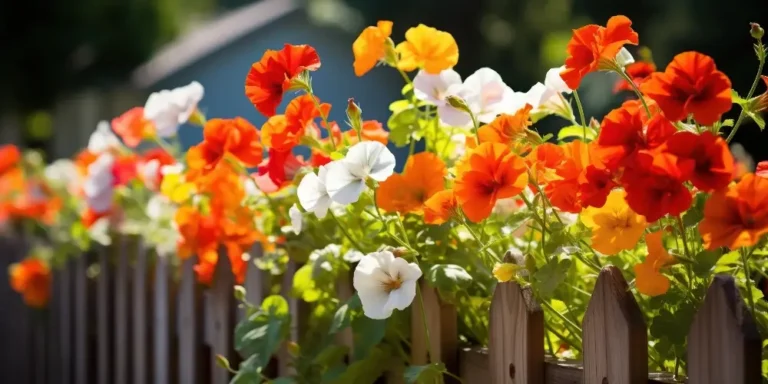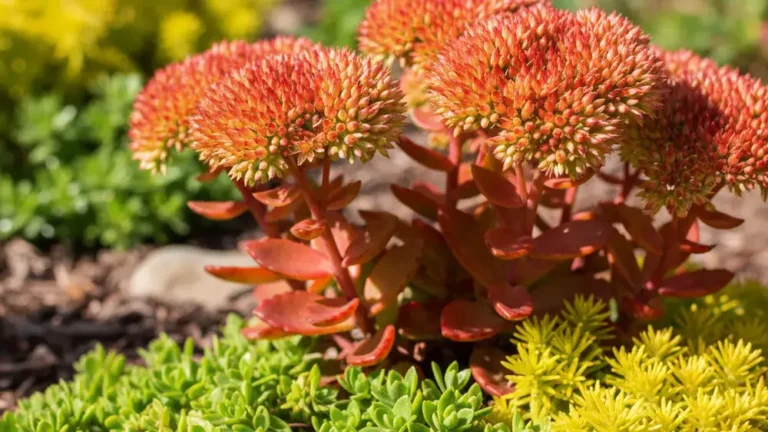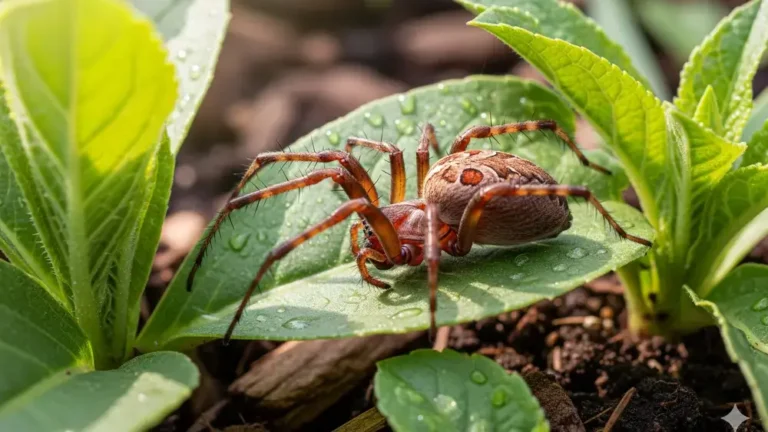Electro Culture Gardening Explained for Beginners
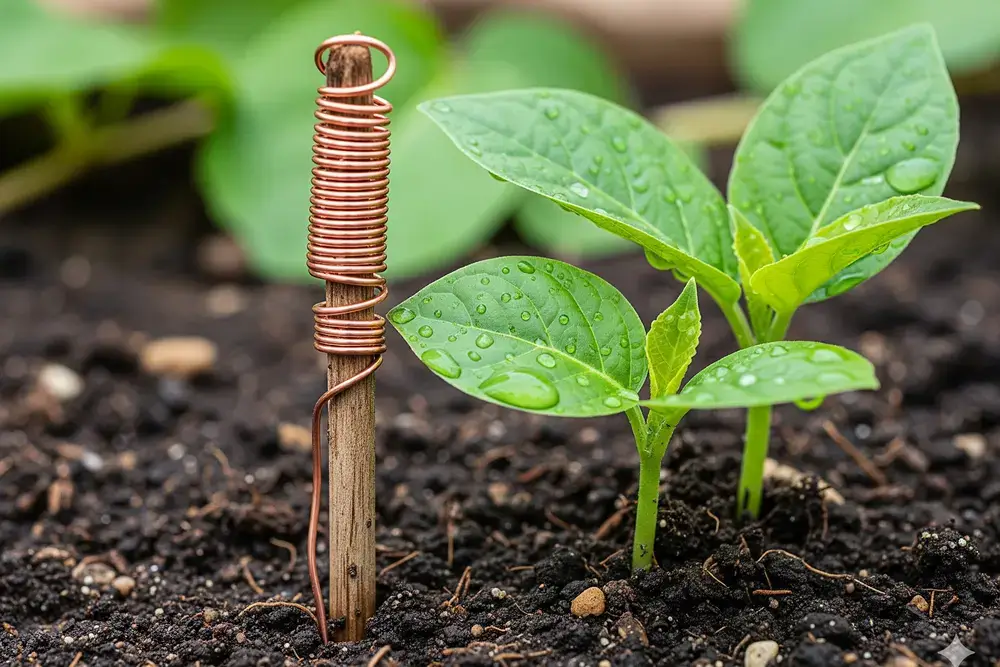
Have you ever wondered if electricity could help your plants grow stronger, healthier, and faster? It might sound like something out of science fiction, but gardeners around the world are experimenting with electro culture gardening—and the results are turning heads. From boosting soil fertility to increasing yields, this fascinating method is becoming a trending topic in the gardening world.
In this beginner-friendly guide, we’ll break down what electro culture gardening is, how it works, why it’s gaining popularity, and how you can try it in your own garden. Whether you’re growing tomatoes on your balcony or managing a large vegetable patch, this guide will help you understand the basics and decide if this approach could be the missing piece in your gardening routine.
What is Electro Culture Gardening?
Electro culture gardening is the practice of using simple antennas, copper wires, or natural conductors to harness atmospheric electricity and direct it into the soil. The idea is that plants can absorb this energy to improve growth, strengthen root systems, and reduce the need for fertilizers.
While the concept dates back to the 1700s, it has been rediscovered by modern gardeners looking for sustainable and chemical-free ways to boost food production. Many enthusiasts report:
- Bigger and healthier plants
- Reduced pest problems
- Improved soil moisture retention
- Higher yields with fewer inputs
At its core, electro culture gardening is about working with nature’s energy to support plant life.
How Does Electro Culture Gardening Work?
Plants are already sensitive to natural electrical fields. Electro culture gardening builds on this fact by introducing conductive materials into the soil or air to capture and distribute atmospheric energy.
Here’s a simple breakdown of how it works:
- Copper or Aluminum Wire Antennas – These are often wrapped around wooden poles and placed in the soil.
- Atmospheric Electricity – The antenna collects energy from the air, especially during shifts in weather.
- Soil and Plant Absorption – This energy moves into the soil, where it interacts with roots and microbes.
- Boosted Growth – The additional energy is believed to stimulate plant metabolism and nutrient uptake.
Some gardeners describe it as “feeding plants with nature’s invisible energy.”
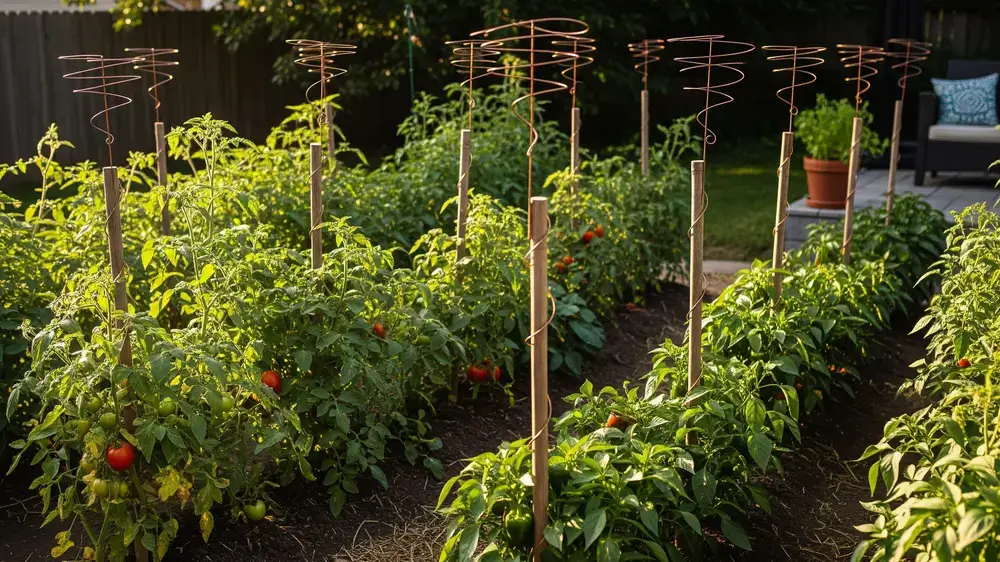
Benefits of Electro Culture Gardening
The benefits of electro culture gardening are not just theoretical. Many home gardeners and small farms are sharing their experiences, and the outcomes are inspiring.
1. Improved Plant Growth
Plants often grow taller, stronger, and produce more foliage when electro culture techniques are used.
2. Natural Pest Resistance
Some growers report that their plants become less attractive to pests when atmospheric energy is introduced.
3. Reduced Fertilizer Needs
Because plants may use nutrients more efficiently, you might be able to cut down on expensive fertilizers.
4. Better Water Retention
Electro culture gardening can help soil retain moisture, which is especially valuable in dry climates.
5. Eco-Friendly Approach
It relies on natural energy, reducing the need for chemicals and synthetic inputs.
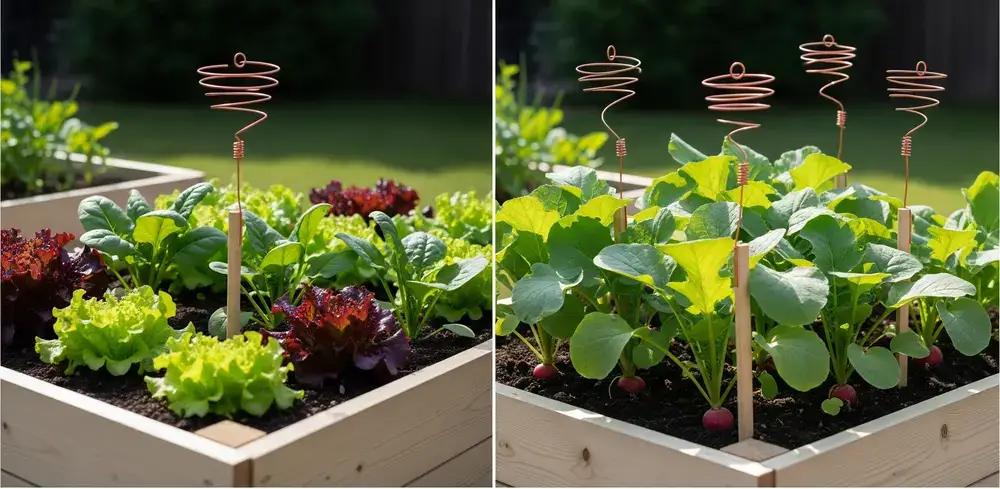
How to Start Electro Culture Gardening at Home
If you’re curious about trying electro culture gardening, you don’t need expensive equipment. You can start small with items you may already have at home.
Materials You’ll Need
- Wooden stick or bamboo pole (about 2–4 feet tall)
- Copper or aluminum wire
- Garden soil and your choice of plants
Step-by-Step Setup
- Place the wooden pole firmly into the soil near your plants.
- Wrap copper wire around the pole, leaving one end free to point upward.
- Allow the other end of the wire to touch the soil.
- Position the antenna so it can capture atmospheric energy (away from obstructions).
That’s it—you’ve created your first electro culture antenna. Over time, observe changes in plant growth and soil health.
Common Myths About Electro Culture Gardening
Since this technique sounds unusual, it’s often surrounded by myths. Let’s clear a few up:
- Myth 1: It’s dangerous for plants.
Electro culture gardening uses natural atmospheric energy, not electricity from outlets. It’s safe for plants and people. - Myth 2: You need expensive equipment.
Basic setups can be made with simple copper wire and wooden poles. - Myth 3: It’s proven by modern science.
While scientific studies are still limited, anecdotal evidence and historical experiments suggest real benefits.
Tips for Success with Electro Culture Gardening
To get the most from this method, keep these tips in mind:
- Place antennas in areas with good exposure to the sky.
- Experiment with different wire lengths and heights.
- Combine electro culture with composting and organic gardening practices.
- Keep a garden journal to track plant progress.
- Start small, then expand if you see good results.
Real-life example: One gardener in a suburban backyard set up three copper wire antennas near her tomato plants. By mid-summer, she noticed taller vines, healthier leaves, and fewer signs of pests compared to her control group without antennas.
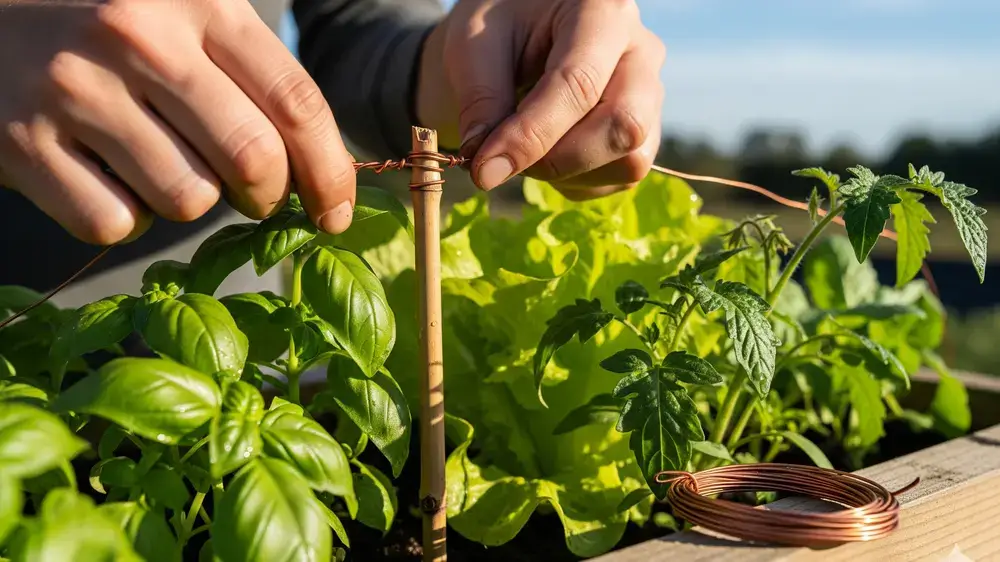
Conclusion
Electro culture gardening is more than just a gardening experiment—it’s a potential game-changer for those seeking natural ways to boost plant growth and soil health. By using simple tools like copper wire and wooden poles, you can tap into the energy of the atmosphere and give your plants a powerful, chemical-free advantage.
Whether you’re new to gardening or have years of experience, trying electro culture gardening could open the door to exciting discoveries in your backyard.
So, why not give it a try? Set up a small antenna, track your plant’s progress, and see if this method brings new life to your garden. Your plants just might thank you with bigger harvests and healthier growth.
FAQs
1. What is electro culture gardening and how does it work?
Electro culture gardening is a method of boosting plant growth by using simple antennas, often made from copper or aluminum wire, to capture atmospheric energy and direct it into the soil. Plants naturally respond to electrical fields, so this added energy can help improve root development, increase nutrient uptake, and reduce the need for chemical fertilizers. It’s a low-cost, eco-friendly technique that many gardeners are experimenting with for healthier crops.
2. Is electro culture gardening safe for plants and people?
Yes, electro culture gardening is completely safe because it uses natural atmospheric electricity, not dangerous household currents. The antennas and wires simply collect and direct energy that is already present in the environment. Plants benefit from this boost without risk of harm, and there’s no danger for gardeners either. Unlike synthetic fertilizers or pesticides, electro culture is a chemical-free way to support healthier gardens and promote sustainable growth.
3. Do I need special equipment to start electro culture gardening?
No special equipment is required to start electro culture gardening. Most beginners use basic materials such as a wooden stick or bamboo pole wrapped with copper or aluminum wire. Place the pole in the soil near your plants, with one end of the wire pointing upward and the other touching the ground. This simple setup acts as an antenna to draw in atmospheric energy, making it accessible and affordable for any home gardener.
4. What are the main benefits of electro culture gardening?
Electro culture gardening offers several benefits, including faster plant growth, stronger root systems, and higher yields. Many gardeners also notice improved soil moisture retention and fewer pest problems. Since plants may absorb nutrients more efficiently, you can often reduce your use of fertilizers. Beyond the practical advantages, electro culture gardening is eco-friendly, inexpensive to set up, and a fun way to experiment with natural energy in your garden.
5. Can beginners really see results with electro culture gardening?
Absolutely! Even beginners can see noticeable changes when trying electro culture gardening. Start with a small setup near a few plants, like tomatoes or peppers, and observe their growth compared to others without antennas. Many home gardeners report healthier leaves, taller plants, and reduced pest activity within one season. The key is to experiment, stay patient, and track progress. It’s a beginner-friendly, low-risk way to explore a fascinating gardening technique.


